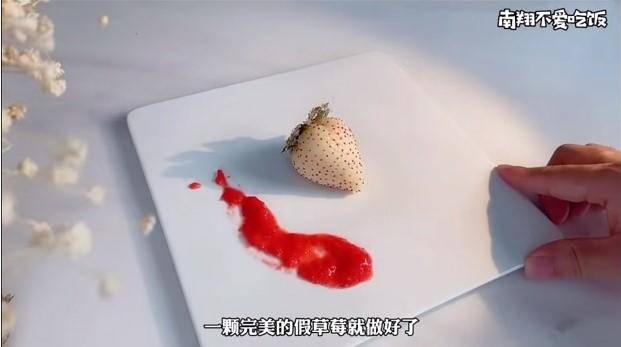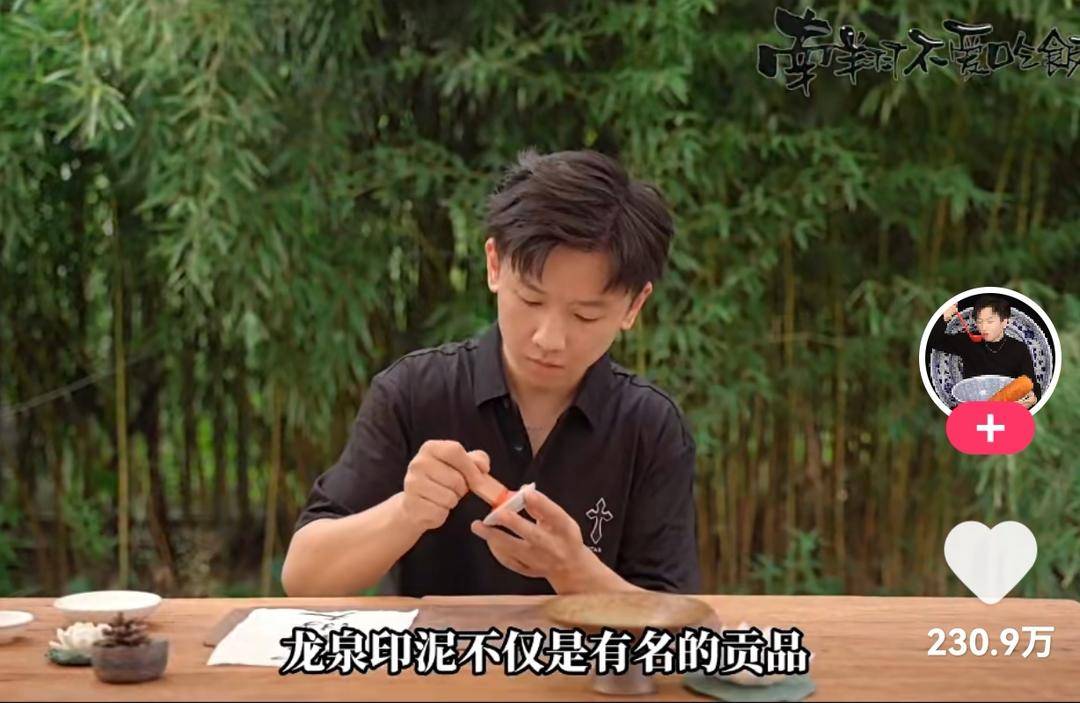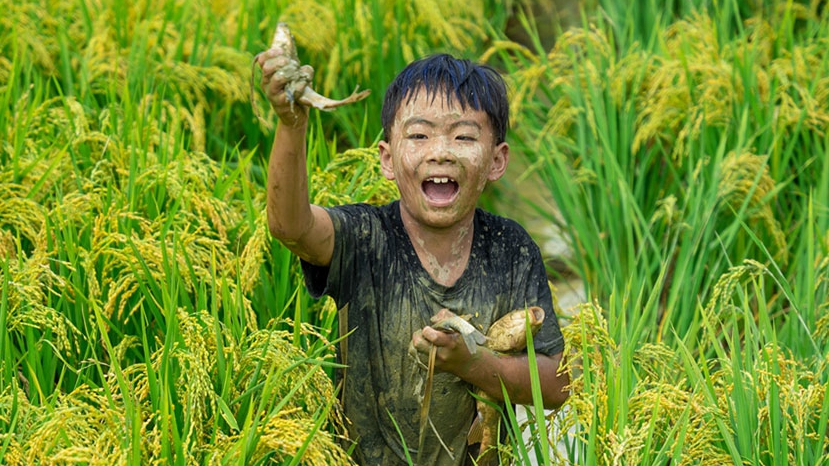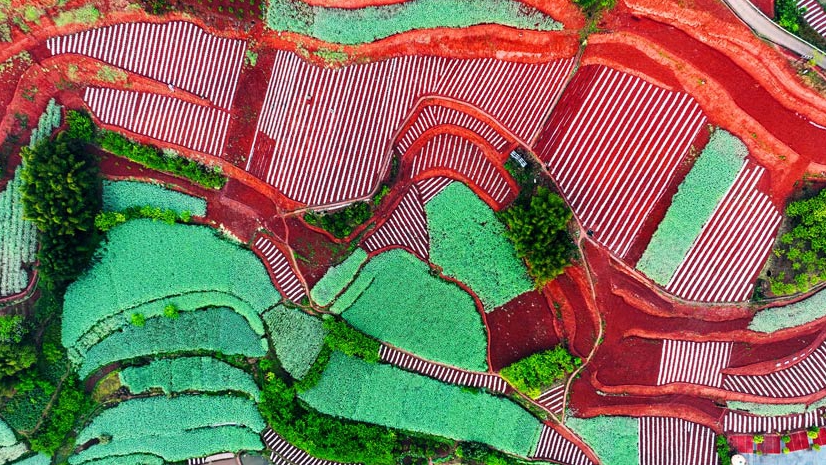Food vlogger in China's Suzhou shows how to make novel, difficult dishes
A food vlogger from Suzhou city, in east China's Jiangsu Province, has cooked various exquisite dishes and snacks that look like works of art and express a sense of novelty and craftsmanship.
On Kuaishou, a famous short-video platform in China, food vlogger Shi Haifeng, whose account name is "Nanxiang doesn't like to eat food," reaps over 12.5 million followers. Shi chose this name for his Kauishou account due to the fact that he was on a diet at the time.

Photo shows a dessert made by Shi Haifeng, a food vlogger from Suzhou city, east China's Jiangsu Province. (Photo/yzwb.net)
The video that made Shi's Kuaishou account reach more followers is a dessert resembling a strawberry.
The body of the "fruit" was made of white chocolate, while the cap and seeds of the "fruit" were collected by Shi from genuine strawberries. After the dessert became a hit, Shi made similar snacks, enabling him to gain 1 million followers on Kuaishou in just one month.

Photo shows "Liuxia Noodle" cooked by Shi Haifeng, a food vlogger in Suzhou city, east China's Jiangsu Province. "Liuxia Noodle," with the character "Xia" meaning shrimp, is a dish cooked with ingredients from six body parts of shrimps. (Photo/yzwb.net)
Before becoming a food vlogger, Shi was a data analyst. In 2020, Shi resigned as a data analyst and became a full-time food vlogger. As Shi began cooking novel and difficult dishes, some included stuffed bean sprouts, which was a favorite dish of Empress Dowager Cixi of the Qing Dynasty, Shi Li Ginkgo Nuts, a dish comprised of a cooked peeled pear carved with the character shi (meaning poem), and peony fish fillet, among other dishes.
Shi once cooked a dish consisting of 100 "sunflower seeds," with the shells of the seeds actually being made of black and white dough and the seeds having been soaked beforehand in peppermint oil for six hours. He spent the whole afternoon making the 100 dough shells and stuffing them with sunflower seeds. After completing this step, he then began to bake the mixture.

Photo shows a dish called "Bing Xin Sunflower Seeds" cooked by Shi Haifeng, a food vlogger in Suzhou, east China's Jiangsu Province. (Photo/yzwb.net)
"In order to be able to cook these dishes, I have learnt relevant techniques, including making pancakes, Lamian noodles, milk tea, and fried tea," said Shi. When he was asked what the dishes tasted like, the food vlogger said that the dishes look amazing, and based on his experience associated with cooking the dishes, he also feels that the taste preferences of people in ancient times were different from people in modern times.
Shi once created the Longquan ink paste, an intangible cultural heritage item in Changzhou city, Jiangsu Province.
History has it that Emperor Qianlong in the Qing Dynasty (1644-1911) liked to use the Longquan ink paste to stamp documents or pieces of art.

Shi Haifeng makes the Longquan ink paste, an intangible cultural heritage item in Changzhou city, Jiangsu Province. (Photo/yzwb.net)
Introducing that in order to make the Longquan ink paste, he first needed to go to a lotus pond to pick lotus stems and then he needed to extract lotus silk from the stems.
Lotus silk is an important raw material in making ink paste, and only 100 grams of lotus silk can be extracted from as many as 5,000 kilograms of lotus stems.
Taking Shi about one week to finish the ink paste, it took roughly another 10 days before he finally made the video showing himself making the ink paste.
However, thanks to the video, which became a sensation after it was released, viewers have come to know about the Longquan ink paste.
Photos
Related Stories
- China sees craze for ready-to-cook dishes
- British cook and food-writer introduces Sichuan food through her new book
- 'Thin blue mushroom' dish offered at Hunan University
- Lishui citizens consume billions of cicadas in one summer
- Ginseng Dishes in Fusong, Northeast China
- The dish turns a vendor into a tycoon
- When tea is a dish
- Time to ditch dirty dishcloth
- People share dishes at temple fair in SW China
- Yummy! Deilicious national flag dishes!
Copyright © 2022 People's Daily Online. All Rights Reserved.









